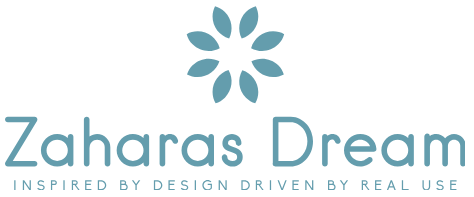I Tested Age Of Sage Soap Manufacturer: My Honest Experience and Review
When I first encountered Age Of Sage Soap Manufacturer, I was immediately drawn to the unique blend of tradition and innovation that defines their approach to skincare. In a world saturated with countless beauty products, discovering a brand that prioritizes natural ingredients and mindful craftsmanship feels like a breath of fresh air. Age Of Sage…
